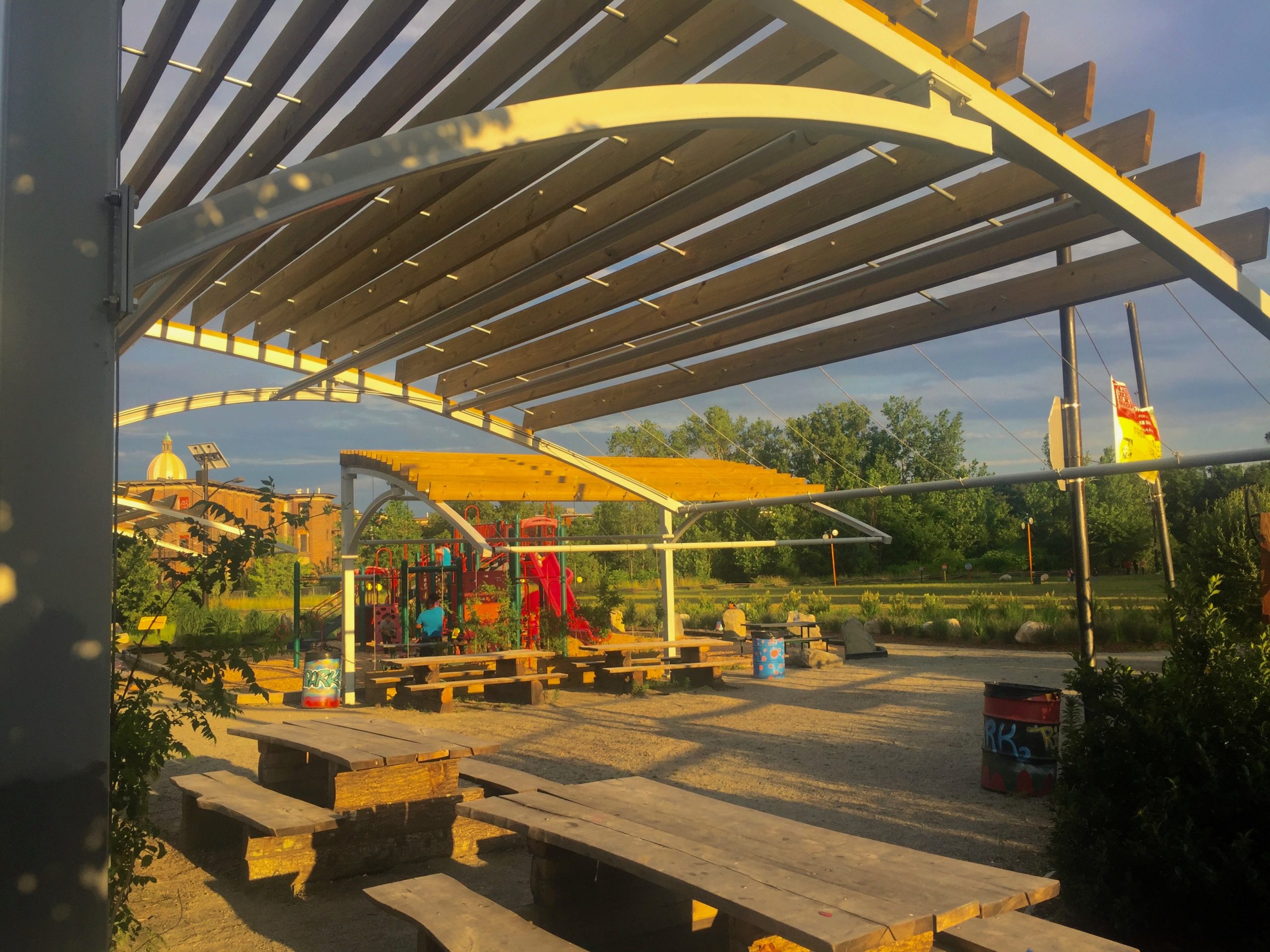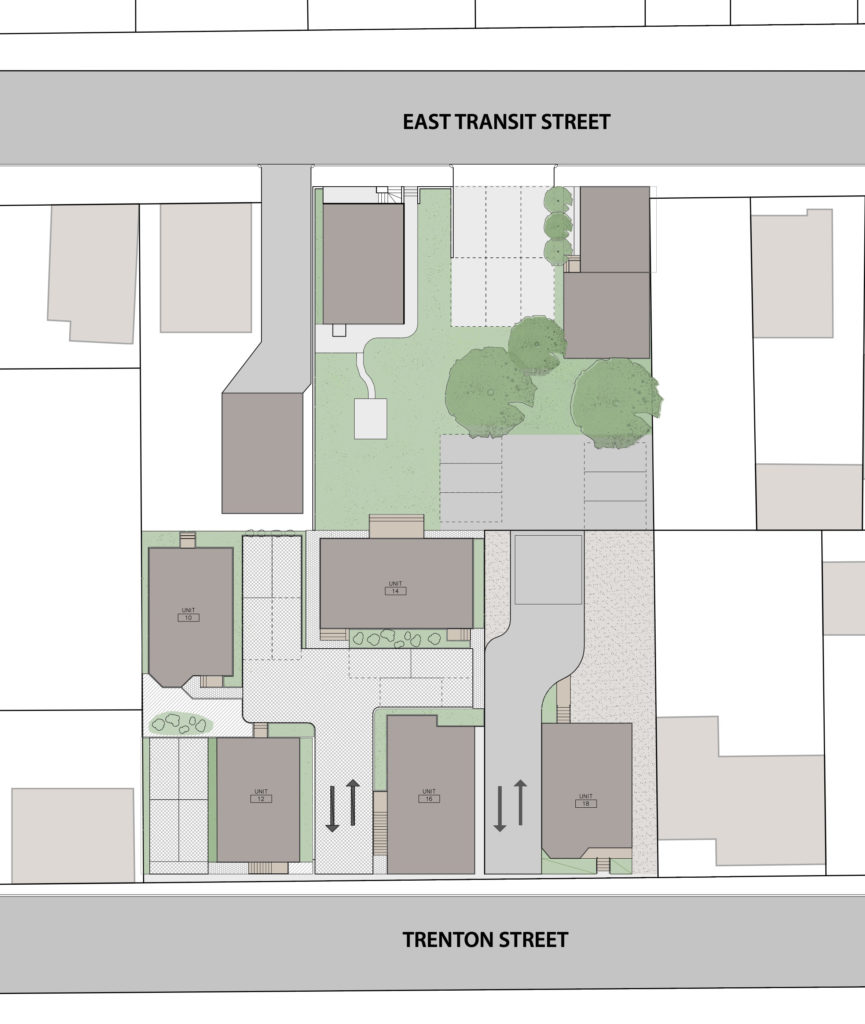The Outdoor Challenge: creating outdoor spaces people love and use.

We have a tradition at Signal Works. Whenever someone joins our team, we ask them what their favorite place is. Almost invariably, it’s an outdoor space. Whether it’s a park, a plaza, or the expansive outdoors, we find we connect best with ourselves and others outside.
While we’ve always been sensitive to incorporating outdoor space into our designs, the pandemic revived a deeper interest in how outdoor space can make or break our sense of place.
The Outdoor Space Challenge
However, outdoor spaces are tricky. They can be beautiful but unused and untouched. Or they can start with the best of intentions but quickly fall into disarray or disrepair.
In our experience, for outdoor space to provide all of the benefits we love, the space needs to be just as thought-through as the rest of the building.
We’ve discovered that the real key with public park space is creating meaningful land-use connections for local residents so that they can’t help but love and care for it. Which means imparting a sense of ownership for the residents while also being welcoming to outsiders.
First, it’s important to discern whether the outdoor space needs to be viewed as semi-private or semi-public.
Semi-public vs. semi-private
The difference in the two is somewhat nuanced but has everything to do with defining and creating desired levels of privacy and ownership.
Semi-public outdoor spaces are usually large spaces that need to be redesigned and programmed to give the residents a sense of ownership. Semi-private outdoor spaces are usually smaller spaces that already have a sense of ownership and privacy but need to be crafted to also feel welcoming to others.
Is it semi-public or semi-private?
Determining whether a space is semi-public or semi-private often depends on the development type. For example, a single building in a suburban setting may have ample open space, but needs to be designed so that the residents want to care for it and feel a sense of ownership. Usually it already feels open and welcoming to others, but it’s almost too impersonal for the residents to want to use and inhabit it.
To transform this into a semi-public space, we’ve found that utilizing built structures and vignettes help create privacy and can facilitate ownership and use.
Then, on the semi-private side, these sites are often a mix of single family or cottage courts. They usually have a large number of small spaces that need to be designed (or redesigned) so they can also feel and function welcoming enough to be used by both residents and outsiders.
For example, in the project below, we had several structures and multi-family residences that we were combining and wanted to create a pocket courtyard that was accessible and friendly to all who lived there.

Once we’ve determined the best way to approach the outdoor space, we create the necessary design elements to infuse as much meaning, desirability, and usefulness as we can. Because connecting to the outdoors is simply that important.
So whether it’s assigning land for a city park or carving out a balcony on a multi-family dwelling, crafting a connection between the buildings and the natural realm that these spaces connect us to is one of our favorite aspects of the design process.
We’d love to hear from you!
We’re genuinely interested in knowing what makes a great outdoor space. So, we would love to know what’s your favorite outdoor space? What do you love about it?
Send us an email at hello@signalworksarchitecture.com to tell us about it!
- Meet Dan: A catalyst for results and a lover of metrics.
- The Outdoor Challenge: creating outdoor spaces people love and use.
- How your building project can help your people thrive.
- Meet Bryan: An efficient project manager and architect focused on legacy.
- Meet Joanna: A passionate renovations whiz and design strategist.